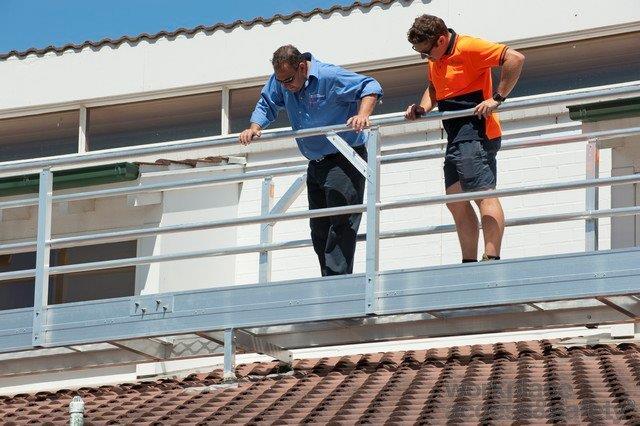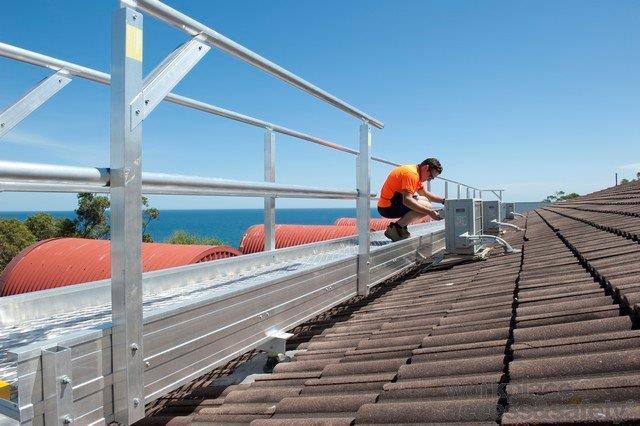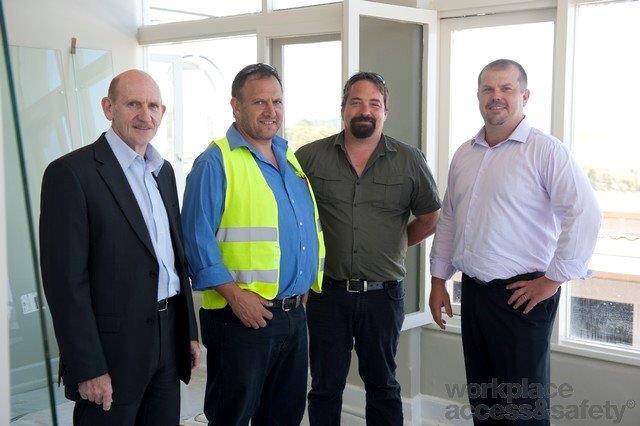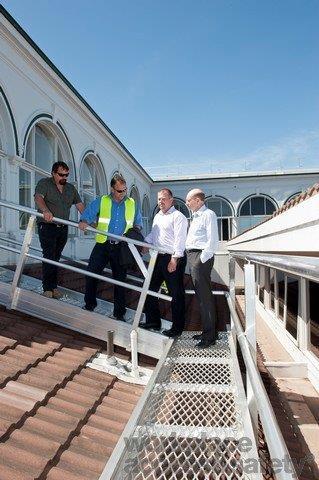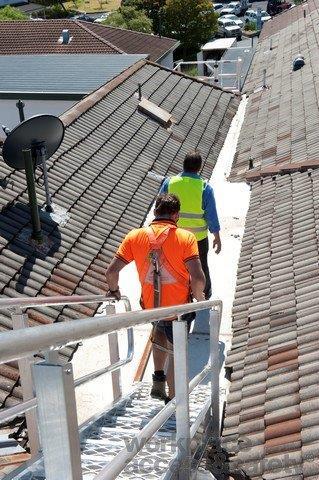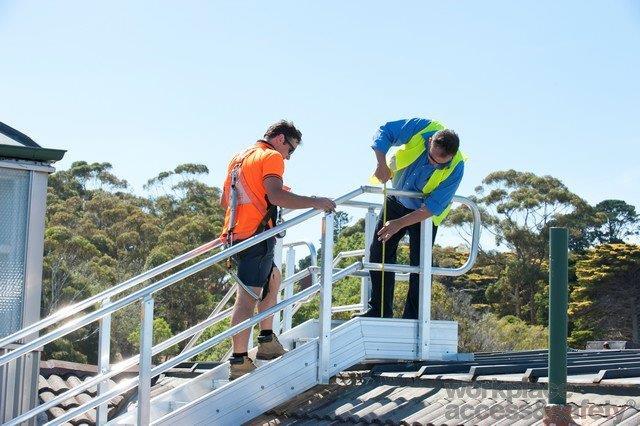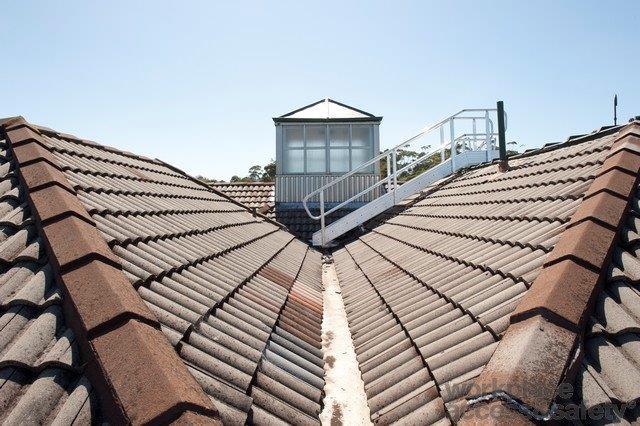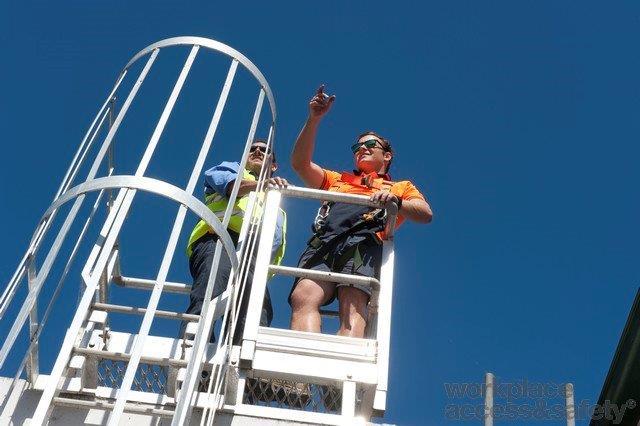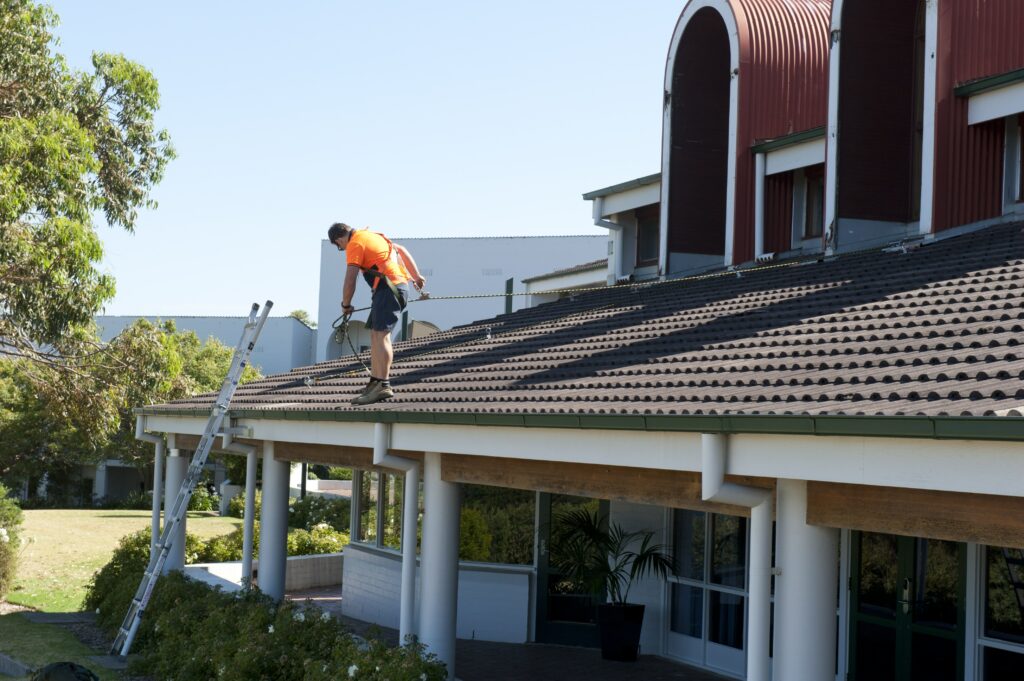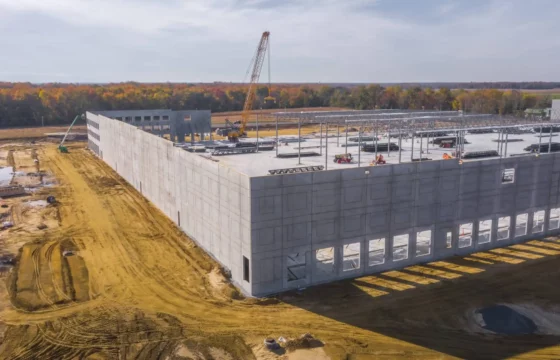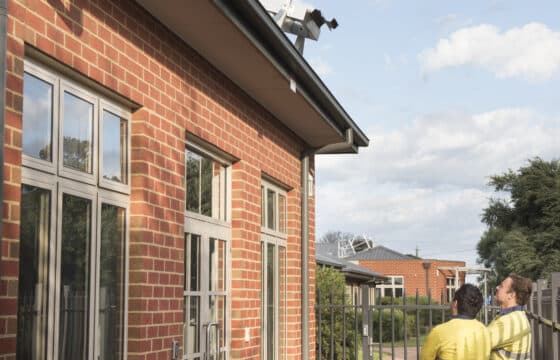Melbourne Business School takes the high road on fall prevention
It was when Simon Murray put himself in the witness box and imagined what a judge would say that investing in walkways and guardrails became a ‘no brainer’.
The property and facility manager of the Melbourne Business School’s Mt Eliza campus was faced with an important decision: whether to install extra roof anchors and static lines or shift towards more passive forms of fall prevention.
Roof anchors were cheaper initially, while the walkways and guardrails offered a far lower lifetime cost but, in the end, price was not the issue.
“A judge would ask whether we had done what was ‘reasonably practicable’,” Mr Murray says, “and if we’d only installed roof anchors and static lines to reach our HVAC equipment, the answer would have been ‘no’.”
The decision came after many hours of research into height safety regulations, prompted by the results of an annual roof safety anchor certification inspection in 2011.
“We thought our fall prevention equipment was all in order but the annual inspection flagged a couple of issues and I sought a second opinion. The first audit report focused on administrative controls, ladders, static lines and anchor points. The second one by Workplace Access & Safety put the emphasis on walkways and guardrails. Presented with such different recommendations, I had to do my homework.”
“I have a good grasp of OHS but height safety is a whole new kettle of fish. I had to reconcile the differences between the two reports with what the law had to say.”
In fact, the uniquely prescriptive hierarchy of controls that applies to safe work at heights turned out to be an invaluable tool for Mr Murray. The hierarchy stipulates passive controls like walkways wherever reasonably practicable in preference to those that demand greater user skill, like harness-based systems.
“The further we investigated it, the more aware we became of the risks associated with roof access,” Mr Murray said. “We kept tightening the administrative controls until, finally, we suspended access to the roof. You can get away with that for a couple of months but not forever.”
“It was my role to advise the board and its directors of their realistic risk. The school is guided by top
people from across Melbourne’s business community and once they realised the situation we were in and the risks that it posed, it was obvious to the directors what had to be done.”
The Melbourne Business School is home to the University of Melbourne’s Mt Eliza Executive Education, which lays claim to Australia’s number one ranked leadership program and Mr Murray says the school was determined to honour its ethos by doing the “right thing”. In keeping with the hierarchy, Mr Murray considered moving the air conditioning units to ground level but found that the age and heritage listing of the 19th century building made success unlikely. In any case, access to the gutters still need to be made safe.
“It was a big job coming up to speed with our obligations but I was reassured by the guidance of Workplace Access & Safety,” he says. “Over the years, I’d been reading journal articles written by its managing director Carl Sachs, who is one of Australia’s leading advisors on height safety and is involved in drafting the governing standards. When it comes to height safety, it’s hard not to know about Carl.”
Satisfying the hierarchy of controls, the university adopted Workplace Access & Safety’s recommendations and fitted large spans of walkways and guardrails across its tiled roof, providing air conditioning technicians access to plant directly from the walkway.
“Our HVAC contractors tell me this is now one of the safest places they work on,” says Mr Murray. Ironically, Mr Murray is pleased that the air conditioning technicians alone have commented on the installation.
“Although the building is heritage listed, when it came to OHS, we don’t worry about aesthetics and nobody visiting the school seems even to have noticed the guardrail – I guess people expect it on buildings these days.”
As an added bonus, roof leaks will be minimised with less foot traffic on the fragile tiles but Mr Murray says the biggest side benefit of the passive fall prevention design is its simplicity.
“A harness-based system demands a very complex set of administrative controls managed by a specialist qualified height safety manager, emergency rescue plans, detailed inductions and ongoing inspections and certification. That’s very difficult and expensive to do properly – you’re committing to high costs indefinitely – whereas our inductions take no time at all.”
“I’d advise other facility managers to educate yourself about height safety. Glean the information from compliance codes and regulations and ask for help from experts, your peers and colleagues. It’s vital to have an idea of the risks at your site and communicate them effectively to the decision makers you advise. Most of all, find a solution that’s safe and manageable because anything else is a false economy.”
